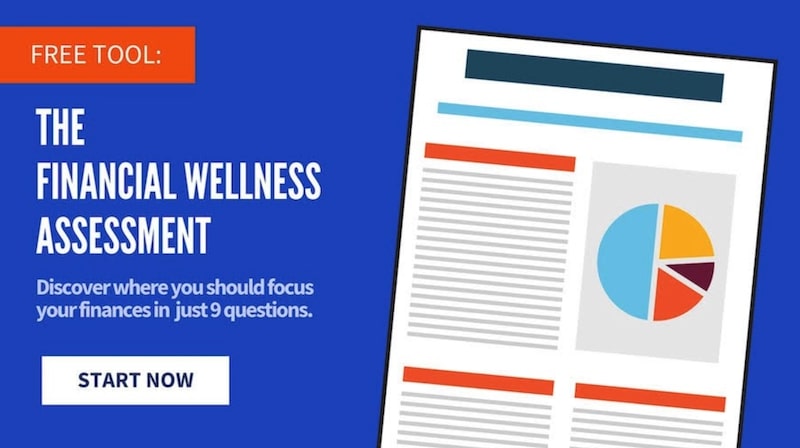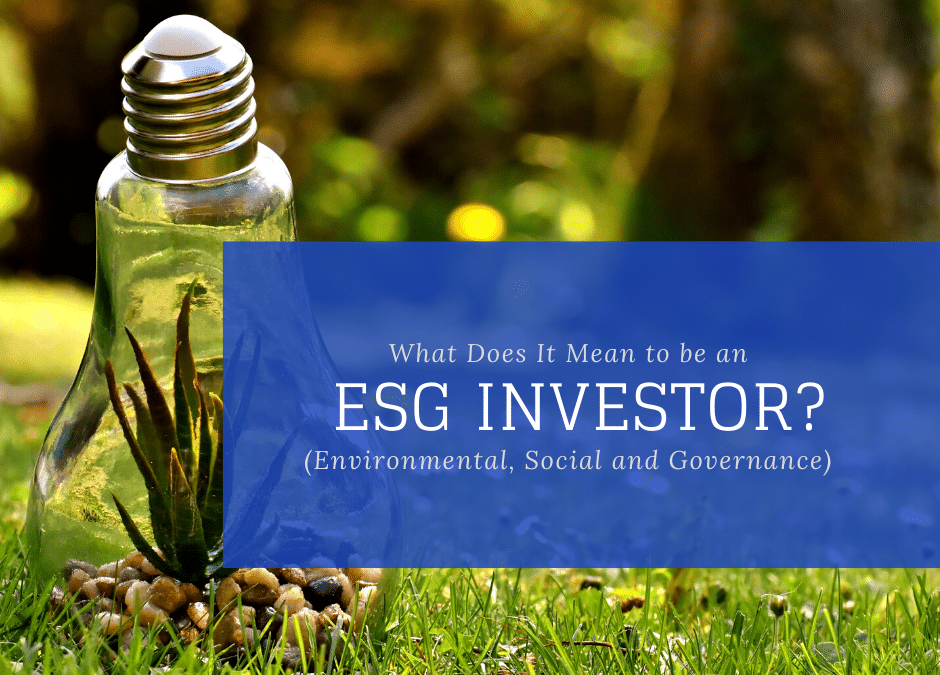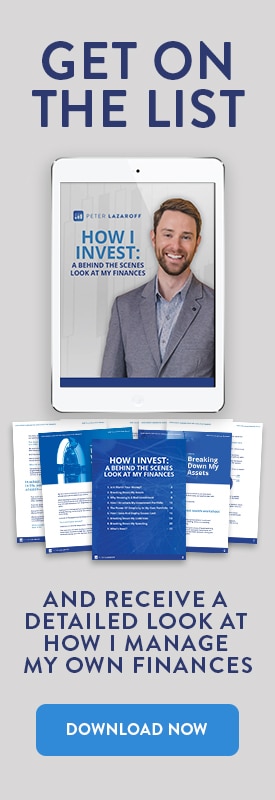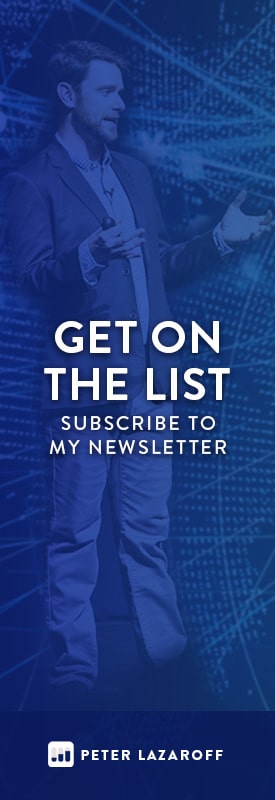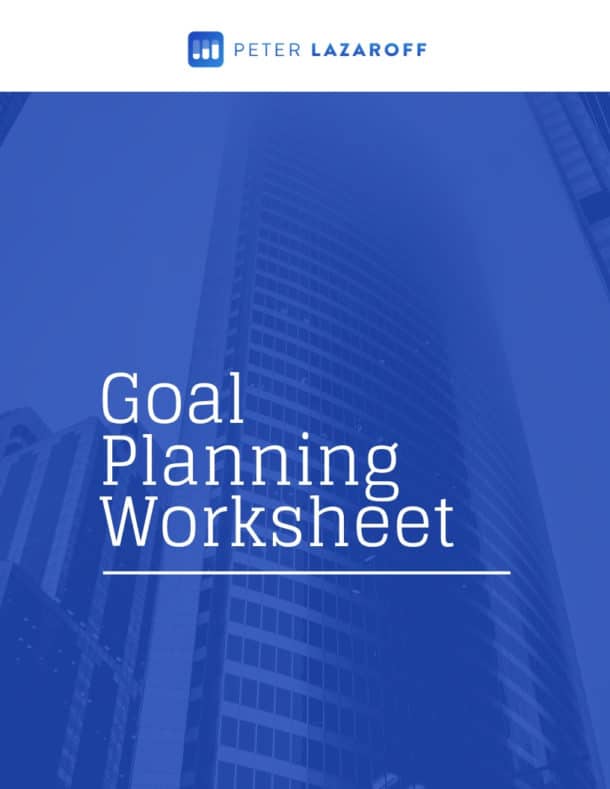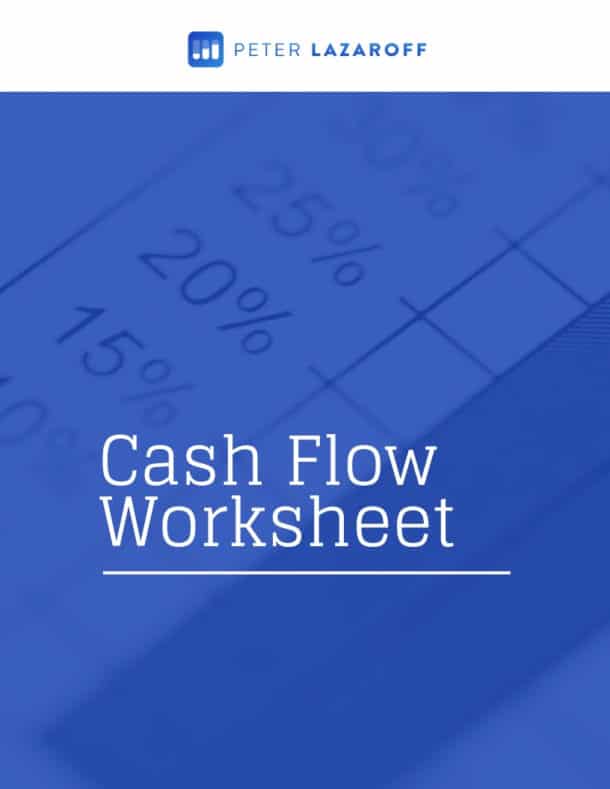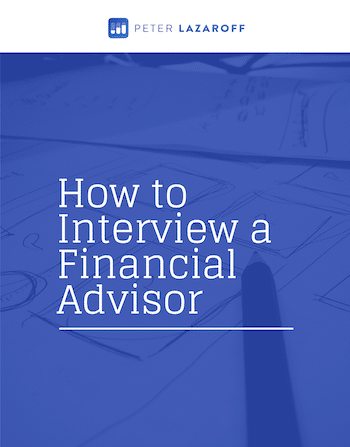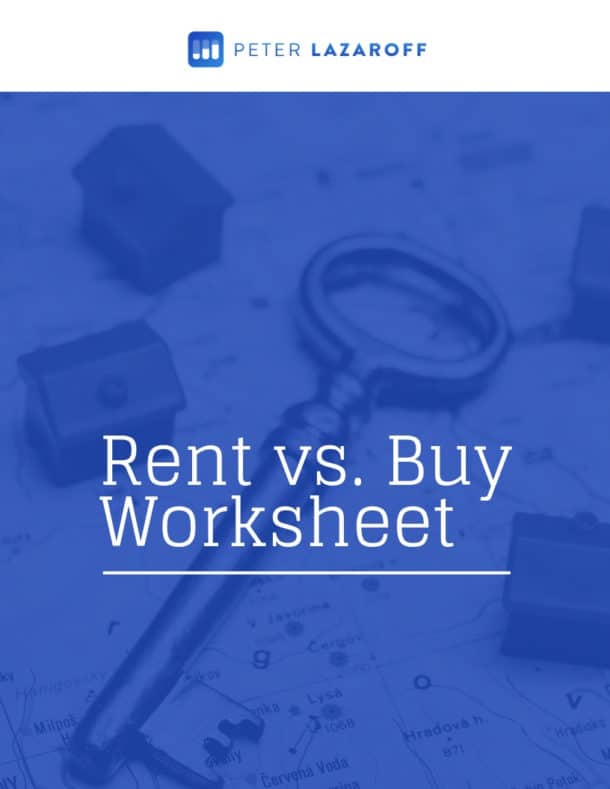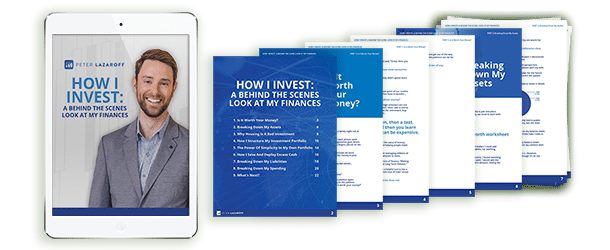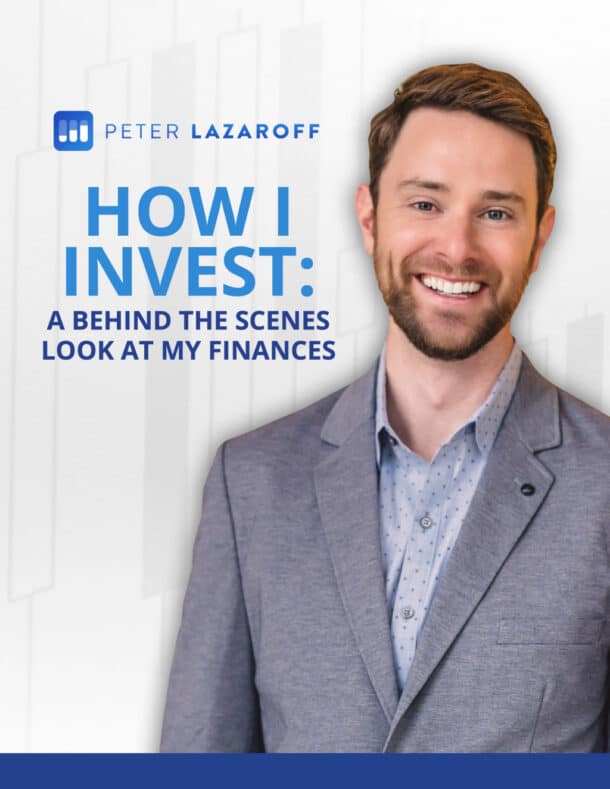In late 2017, I was tasked with building Environmental, Social, and Governance (ESG) portfolios for Plancorp. To be honest, I was initially less than thrilled; my past experiences with these types of portfolios were not necessarily positive.
ESG strategies previously showed up to me as ones driven by emotions, wherein people tried to align their investment portfolios to their personal values — and, as a result, generally hurting their performance along the way.
But then I started to do my research to build out Plancorp’s ESG portfolios. I quickly discovered a lot had changed in the ESG realm from when I formed those initial impressions.
Here’s what I now understand about the ESG landscape, and what, to me, it means to be an ESG investor.
How ESG Investments Have Changed from Past to Present
ESG investing no longer refers only to values-based investing. There are a lot more products and strategies available for investors interested in these kinds of portfolios.
More importantly, there is an increasing amount of compelling research (good examples here and here) showing that companies that are doing a good job of addressing ESG issues in their business tend to outperform companies that are doing a poor job on ESG issues.
That’s good news for the growing number of ESG investors who want to build portfolios aligned with environmental, social, and governance issues. But if you want to incorporate ESG investments into your own portfolio, it also means you’re required to navigate this range of approaches and options to find the best fit for your personal beliefs and financial goals.
Same Label, Different Strategies for the Today’s ESG Investor
ESG investing can mean a lot of different things, so let’s start by breaking down types of ESG strategies.
Traditional socially responsible investing is typically driven by avoiding investments with objectionable activities. This values-driven approach seeks to align an investment portfolio with the investor’s ethics, morals, or religious beliefs. Socially responsible investing usually uses negative screening to exclude stocks linked to controversial businesses such as tobacco, alcohol, weapons, gambling, or oil drilling.
An alternative to the traditional exclusionary approach is using ESG factors – such as such as the potential impact of climate change, labor standards, or board composition – to analyze investment risks and opportunities. Sustainable investing or responsible investing are commonly used labels for this approach, utilizing positive screening to promote desirable outcomes while pursuing financial returns.
Unlike the traditional exclusionary approach of socially responsible investing, positive screening rewards companies with good ESG qualities with the goal of boosting long-term, risk-adjusted returns. Instead of ruling out Walmart or Target because they sell cigarettes, for example, these companies might be included in such a portfolio because they are among the top four users of solar panels in the United States.
While the most popular ESG funds invest in securities based on overall ESG performance, there are also more targeted ESG strategies such as thematic funds investing in specific ESG-related areas, such as sustainable energy development or companies with female leadership.
Impact investing is even more targeted — and as the name implies, it tends to explicitly prioritize impact over return (which is unique among ESG strategies). This approach typically seeks to direct fund projects to meet specific social or environmental outcomes, such as constructing low-income housing, water sanitation, or clean energy initiatives.
If You Want to Be an ESG Investor, Know Your Motivations
Choosing an ESG strategy comes down to knowing what kind of ESG investor you are. You should also know the particular challenges that might come with a chosen approach that best aligns with what you want to accomplish.
If your motive is to strictly align your investments with your beliefs and values, even at the cost of investment performance, then you’re probably want to use exclusionary screening to keep companies out of your portfolio or choose targeted thematic/impact investments that align with your beliefs. But keep in mind that doing so will limit diversification options for your portfolio — and research suggests that could hurt your long-term returns.
If your motive is to do some good with your money while preserving investment performance or if your motives are purely financial, then using a positive screening or integrative approach to ESG investing may appeal to you instead. Research suggests this approach has the greatest potential for improving risk-adjusted returns, but also is less likely to be harmful to returns than an exclusionary approach.
For investors taking a more integrative approach, you must accept that ESG analysis is still an emerging discipline. Critics often complain that ESG data is limited, non-standardized, and biased because companies are self-reporting.
While there is truth to this, I believe that particular bit of criticism does miss a key point: These companies are willingly turning over more information. That provides us as investors additional criteria that we can use to evaluate them. In fact, one academic study found that companies providing greater transparency into their operations outperformed others in down markets. Another paper found that companies with the lowest ESG scores are more volatile.
While it’s easy to get hung up on the nuances of the data, my take is that more information is always better for investors trying to assess a company’s potential.
Using ESG to Stay the Course
There’s no right or wrong reason to be an ESG investor. From my perspective, though, a positive screening or integration approach to ESG investing makes the most sense. Either way, ESG potentially offers one more important benefit: It may help manage your own behavior.
The ability to weather market volatility and stick with an investing plan are critical to achieving positive returns over time. If ESG investing provides an emotional attachment to your portfolio that makes you more likely to stick with investment for the long-haul, that’s a good thing in my book.
So if you’re considering ESG investing, I encourage you to examine how these portfolios and strategies have evolved to cover more ground and provide more options than they did in the past.
Take time to understand your motivations, and go in fully aware of what each approach is (or isn’t) trying to accomplish. That way, you’ll be more likely to find a strategy that does some good for the world, without doing harm to your own financial goals.
…
RESOURCE: Do you want to make smart decisions with your money? Discover your biggest opportunities in just 9 questions with my Financial Wellness Assessment.
